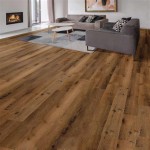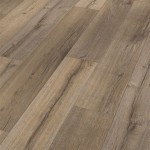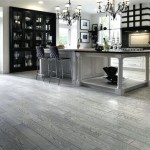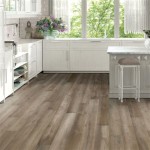The Essential Aspects of Solid Wood Flooring Thickness
Selecting the perfect flooring for your home involves considering various factors, including the thickness of the wood. Solid wood flooring, known for its durability and timeless charm, comes in a range of thicknesses that impact its performance and longevity. Understanding the essential aspects of solid wood flooring thickness is crucial to making an informed decision.
Understanding Wood Thickness
Solid wood flooring is measured by its thickness in millimeters (mm). The thickness determines the board's overall stability, strength, and resistance to wear and tear. Thinner boards are more flexible and prone to warping or buckling, while thicker boards provide enhanced structural integrity.
Choosing the Right Thickness
The ideal thickness for solid wood flooring depends on several factors:
- Traffic Level: High-traffic areas, such as entryways or living rooms, require thicker flooring (10-14 mm) to withstand heavy footfall and potential damage.
- Subfloor Conditions: Uneven or weak subfloors may necessitate thicker flooring (12-14 mm) for increased support and stability.
- Installation Method: Nailed or glued-down installations typically require thicker flooring (10-12 mm) for secure attachment.
- Desired Look: Thicker flooring (10-14 mm) creates a more substantial appearance, while thinner flooring (6-8 mm) offers a more subtle, understated look.
Advantages of Different Thicknesses
Each thickness offers unique advantages:
- Thin Flooring (6-8 mm): Affordable, easy to install, and less likely to expand and contract with temperature changes.
- Standard Flooring (10-12 mm): Provides a good balance of strength, stability, and value for most residential applications.
- Thick Flooring (12-14 mm): Highly durable, resistant to wear and impact, and suitable for commercial or high-traffic areas.
Considering Refinishing Potential
Solid wood flooring can be refinished multiple times, extending its lifespan. However, each refinishing process removes a thin layer of wood. Thicker flooring allows for more refinishing cycles, increasing its longevity. For areas where multiple refinishes are anticipated, choosing a thicker flooring is recommended.
Conclusion
Understanding the essential aspects of solid wood flooring thickness is essential for selecting the optimal flooring for your specific needs. By carefully considering factors such as traffic level, subfloor conditions, installation method, desired look, and refinishing potential, you can make an informed decision that ensures the beauty and durability of your solid wood flooring for years to come.

20 6mm Thickness 190mm Wide Eu Oak Engineered Wood Flooring With Deep Embossed China Hardwood Small Taun Made In Com

Solid Wood Flooring Vs Engineered

Solid Wood Flooring Thickness Guide And Beyond Blog

3 Layer T G Engineered Flooring Thickness 15 Mm Coswick Com

Our Thick 6mm Wear Layer Engineered Wood Flooring Is Better

What Size Does Wood Flooring Come In And Beyond Blog

Engineered Versus Traditional Wood Flooring Maybe Isn T That Unappealing After All Floors

Wood Flooring Blog How Thick Should My Oak Be Peak

3 4 Inch Thick Engineered Baltic Birch Ply 5 8 Mm Wear Layer

200mm Unfinished Solid Oak Wide Planks 20mm Thickness Prestige Wood Flooring Supplier
Related Posts








